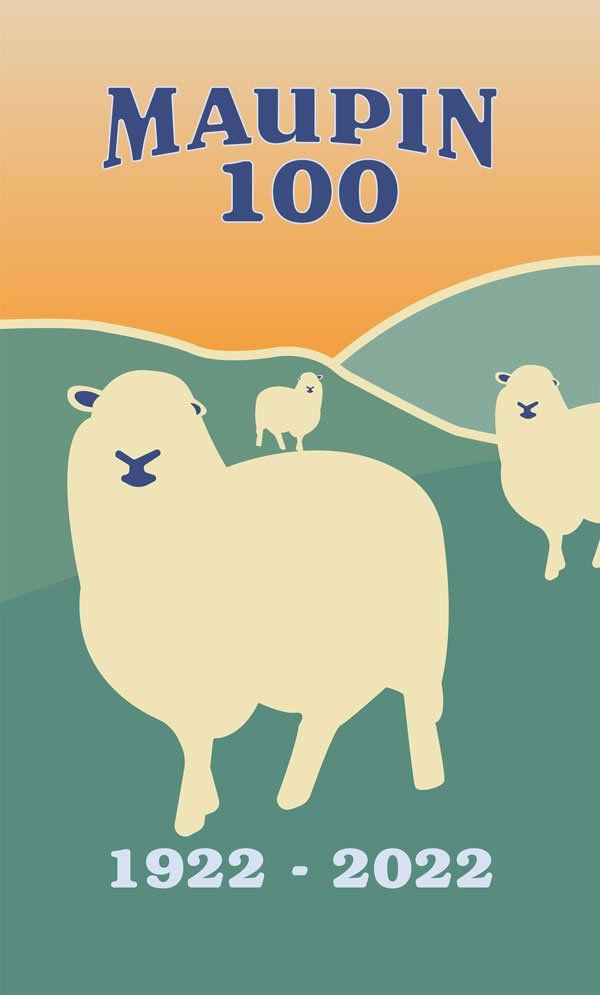Sheep
As part of the Columbia plateau, this area is known for its rocky ridges and deep canyons. It’s also known as a landscape of numerous perennial springs which feed the desert creeks and eventually, the Deschutes River. It was recognized by early settlers as a climate well suited to raising sheep, especially those breeds with fine wool. Stockmen and homesteaders were settling in the area as early as the 1870s, following the forced re-settlement of the region’s native Indian groups onto reservations after the Civil War. That left the grasslands of central Oregon available for agriculture and livestock. It was considered “open range” and available to all, with no legal statutes to restrict or regulate use.
In the 1880s, the sheep industry was rapidly increasing in importance, with wool becoming one of Oregon’s leading exports. Wool has been the core of textiles and clothing, sheltering humankind for more than 10,000 years. By the early 1900s, Oregon was fifth in wool production in the U.S., and 25% of that wool came from north central Oregon, especially southern Wasco County. The finest wools were being produced in Oregon’s dry interior, as these early commercial sheepmen imported breeding stock and worked to improve their flocks. Merino sheep, known for their fine wool, had been introduced in America as early as 1802, and historically, the first sheep in Oregon were Merino. The Maupin area was home to numerous large sheep operations, ranches like the Hunts, Connollys, Fishers and the Hintons of Imperial Stock Ranch to name just a few. Hinton and the others were importing French Merino (Rambouillet) sheep to improve their flocks and increase wool production. From its beginning as a homestead claim in 1871, the Imperial Stock Ranch became Wasco County and Oregon’s largest individually owned land and livestock operation, maintaining that status for decades as listed on the 1945 Oregon census.

Some of the early sheepmen were diverse operators, running cattle too, and farming. But others were strictly sheepmen, who found themselves at odds with the cattlemen over grass and water. Central Oregon’s range wars are well known, as tension escalated between sheepmen and cattlemen by the late 1890s. Between 1904 and 1906, violence reached a climax with a number of incidents by groups of vigilante cattlemen where thousands of sheep were clubbed, poisoned and shot. The sheepmen advocated a non-violent resolution to the conflict, calling on state officials to act in order to curb the violence. Eventually, the range wars dissipated with changes in government regulation and land ownership.
Early day sheepmen were hard working, self-reliant and frugal by nature. One such sheep herder carved these words on the walls of the lambing camp in Buckhollow Creek (Imperial Stock Ranch), still evident today:
“As darkness falls o’re the land, To camp I come with the woolly band, No one there for me to greet, No one to cook the food I eat.”
(Note: 151 years since its beginning, the Imperial Stock Ranch is still operating today, with sheep a part of its ongoing production. The ranch headquarters are a National Historic District.) Information provided by Jeanne Carver, Imperial Stock Ranch and Shaniko Wool Company.

